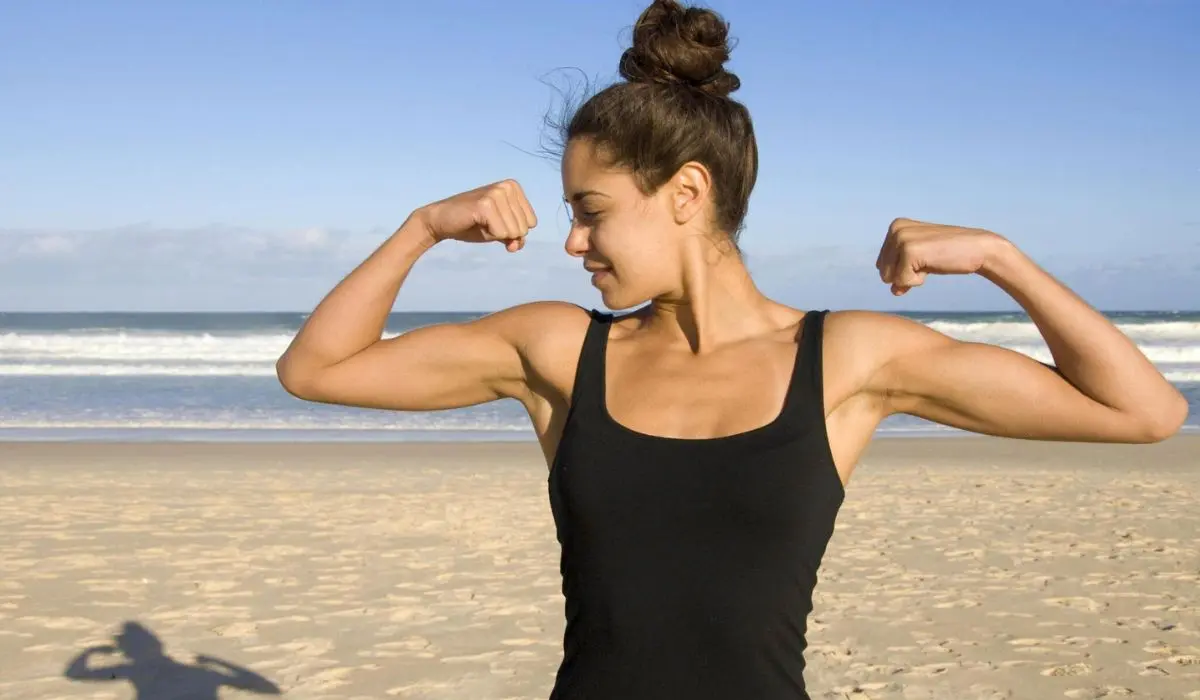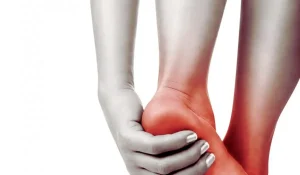More than a show-off method, muscle flexing has several other benefits, like building strength, in an individual’s fitness journey. Since flexing the muscles creates tension that briefly contracts or shrinks the muscle fibers, it is more accurate to refer to this activity as muscle contraction.
Isometric exercises, also called isometric workouts, are specific types of muscle training exercises that build muscle strength by contracting and maintaining muscle rigidity in the face of opposition. Here, the muscles gain strength by holding still rather than moving weights.
What Are The Benefits Of Muscle Flexing?
When included in the fitness regimen, muscle flexing provides several benefits. Some of them are:
- Muscle flexing with isometric exercises like planks, wall sits, glute bridges, and others will help lower systolic and diastolic pressure.
- Traditional muscle motions could be uncomfortable, but they provide strength training. For instance, some shoulder joint movements can cause discomfort throughout the healing process after a torn rotator cuff.
- Balance and core stability can be enhanced with exercises that support the spine and trunk.
- Neither a workout area nor any equipment is needed for these workouts.

When Is Flexing Most Useful?
- Muscle flexing can be beneficial to people who are healing from an injury, particularly to a joint like the shoulder or knee.
- With just a few minutes to spare, a person can fit in multiple muscle-strengthening isometric exercises.
- Additionally, isometric exercise may prevent a spike in blood pressure. Therefore, these exercises might be beneficial to people who have high blood pressure or are at risk of developing hypertension.
What Are The Different Muscle Flexing Poses?
➰ Front Double Biceps Pose
The primary targets of the front double biceps pose are the biceps, deltoids, and pectoral muscles. The position accentuates the size, form, and definition of an athlete’s biceps.
To correctly execute the front double biceps posture, maintain the elbows tight to the sides, flex the biceps as much as possible, and raise the hands to the shoulders. The person must squeeze the chest muscles and lean slightly forward to gain a more aesthetic pose.
➰ Rear Lat Spread Pose
The rear lat spread stance works the rhomboids, trapezius, and teres major muscles in addition to the latissimus dorsi, or lats. The width, thickness, and separation of the athlete’s back muscles are displayed in this stance.
The key to correctly doing the rear lat spread position is to widen the shoulder blades apart by pushing the chest forward and flexing the back muscles. Posing with the head up and chest out will also help achieve a better look.
Bodybuilders should practice the rear lat spread stance daily to attain the best possible form and to highlight the width, thickness, and separation of their back muscles. It is a common stance employed in competitions that one must learn to succeed in the sport.
➰ Side Chest
The anterior deltoids, triceps, and pectoralis major and minor are the chest muscles targeted in the side chest position. The size, contour, and definition of the chest muscles are emphasized in this stance.
Maintaining the chest up and flexing the chest muscles to add shape and depth are key components of a successful side chest position. Placing the other arm over the chest accentuates the position; raising the arm closest to the audience and bending it at a 90-degree angle contributes to a visually appealing pose.
➰ Rear Double Biceps
The rear double biceps posture is a powerful and difficult bodybuilding exercise that calls for strength and coordination across several muscle groups. Contracting the back muscles to provide a broad, powerful appearance that enhances the definition of the biceps and triceps is a crucial component of the rear double biceps position.
The upper back can be made into a V shape by bringing the shoulder blades down and together, highlighting the size and definition of the muscles. To show off the size and definition of the biceps and triceps, one must flex them as hard as possible in this stance.
Intense muscular activation, concentration, good posture, and body alignment are needed to achieve a symmetrical, balanced appearance.
What Are The Safety Precautions While Muscle Flexing?
- Muscle-flexing poses may tempt people to hold their breath. This can be dangerous and cause a rise in blood pressure.
- Inhalation and exhalation are important while performing any strength- or resistance-training exercises.
- Try to ease the tense muscles that aren’t directly involved in the workout.
Conclusion
One of the methods to help develop muscle strength is to use isometric exercises to flex the muscles. These exercises could be helpful to those who have a painful injury that limits their range of motion. These workouts may also be beneficial to people with high blood pressure.
Flexing the muscles won’t help gain additional flexibility or range of motion; therefore, these exercises belong to a more complete resistance-training regimen. Similar to starting a new fitness program, it is advisable to consult a doctor to ensure the safety of these exercises for an individual’s body.







